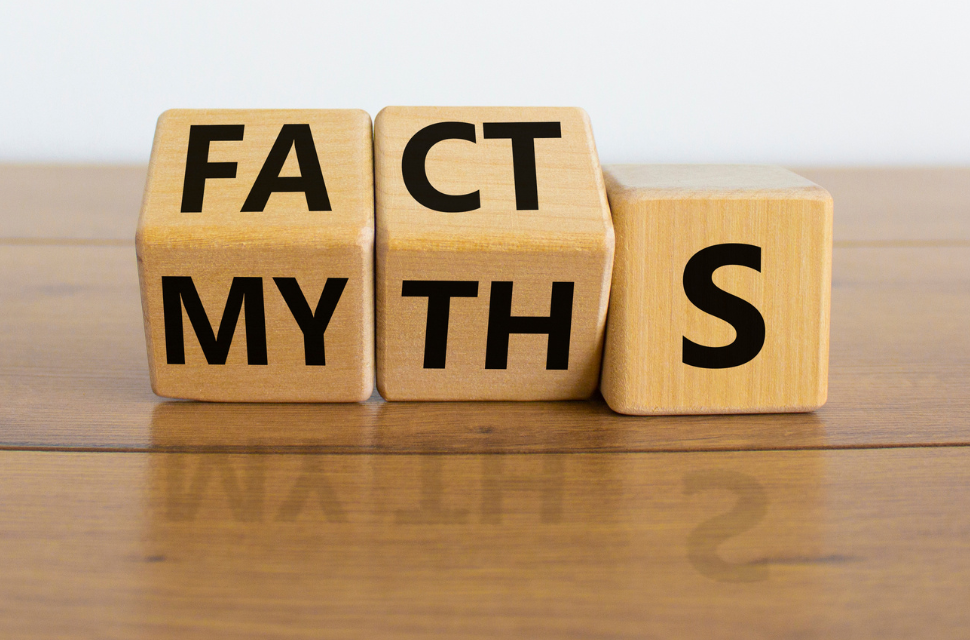
• BudgetGovernmentEl GobiernoUnited StatesEE. UU.

Read More Leer más Join the discussion Participa en la discusión
• Intellectual PropertyPropiedad IntelectualUnited StatesEE. UU.

As every graduate of Econ 101 can tell you, tariffs lead to corruption. The basic point is that if the government puts a 25 percent tariff on imports of say, steel or shoes, domestic producers are able to sell their products at a price that is 25 percent higher than the world price.
This both creates incentives to try to bring in items without paying the tariff, for example misclassifying the product, and for companies to effectively pay off politicians to extend and increase the tariff. If all items were imported tariff-free, then these opportunities for corruption would disappear.
It’s the same story with government-granted patent monopolies on prescription drugs, except the effective tariffs are much larger, as is the amount of money at issue. Patent monopolies on prescription drugs can often raise the price of a drug by 20 or 30 times the free market price, making them equivalent to tariffs of 2000—3000 percent.
Also, the amount of money we spend on prescription drugs dwarfs spending on almost any other item. We are on a track to spend over $530 billion on prescription drugs this year, more than $4,000 per family. These drugs would likely sell for less than $100 billion in a free market without patent monopolies or other protections.
Given the huge gap between the patent-protected price and the free market price, it would be surprising if we did not see a great deal of corruption. Therefore, when the New York Times ran a piece on how an inner city hospital in Richmond, Virginia had shut down its intensive care unit and stopped providing many other services, it should not have been a shock to discover that the exploitation of a government program on prescription drugs was the source of the problem.
According to the piece, the government provides hospitals located in depressed areas with drugs at a discount below their patent-protected price. This allows the hospital to profit by selling the drugs at the patent-protected price.
The piece gives one example of this scam:
“Thanks to 340B, Richmond Community Hospital can buy a vial of Keytruda, a cancer drug, at the discounted price of $3,444, according to an estimate by Sara Tabatabai, a former researcher at Memorial Sloan Kettering Cancer Center.
“But the hospital charges the private insurer Blue Cross Blue Shield more than seven times that price — $25,425, according to a price list that hospitals are required to publish. That is nearly $22,000 profit on a single vial. Adults need two vials per treatment course.”
The free market price of Keytruda (no patent monopolies or related protection) would likely be just a few hundred dollars per vial, providing little opportunity for scamming. However, when a government-granted patent monopoly allows the drug to sell for a price that could be a hundred times its free market price, it creates enormous opportunities for corruption. In this case, the company that owns the hospital found it more profitable to run this scam than to serve the patients in the community in which it is located.
It would be good if we could have a serious discussion of alternatives to patent monopoly financing of prescription drugs, to end this sort of corruption. Unfortunately, major media outlets don’t want to raise this issue on their pages. Instead, we just get hand-wringing over the resulting corruption and the usual “what can you do?”
As every graduate of Econ 101 can tell you, tariffs lead to corruption. The basic point is that if the government puts a 25 percent tariff on imports of say, steel or shoes, domestic producers are able to sell their products at a price that is 25 percent higher than the world price.
This both creates incentives to try to bring in items without paying the tariff, for example misclassifying the product, and for companies to effectively pay off politicians to extend and increase the tariff. If all items were imported tariff-free, then these opportunities for corruption would disappear.
It’s the same story with government-granted patent monopolies on prescription drugs, except the effective tariffs are much larger, as is the amount of money at issue. Patent monopolies on prescription drugs can often raise the price of a drug by 20 or 30 times the free market price, making them equivalent to tariffs of 2000—3000 percent.
Also, the amount of money we spend on prescription drugs dwarfs spending on almost any other item. We are on a track to spend over $530 billion on prescription drugs this year, more than $4,000 per family. These drugs would likely sell for less than $100 billion in a free market without patent monopolies or other protections.
Given the huge gap between the patent-protected price and the free market price, it would be surprising if we did not see a great deal of corruption. Therefore, when the New York Times ran a piece on how an inner city hospital in Richmond, Virginia had shut down its intensive care unit and stopped providing many other services, it should not have been a shock to discover that the exploitation of a government program on prescription drugs was the source of the problem.
According to the piece, the government provides hospitals located in depressed areas with drugs at a discount below their patent-protected price. This allows the hospital to profit by selling the drugs at the patent-protected price.
The piece gives one example of this scam:
“Thanks to 340B, Richmond Community Hospital can buy a vial of Keytruda, a cancer drug, at the discounted price of $3,444, according to an estimate by Sara Tabatabai, a former researcher at Memorial Sloan Kettering Cancer Center.
“But the hospital charges the private insurer Blue Cross Blue Shield more than seven times that price — $25,425, according to a price list that hospitals are required to publish. That is nearly $22,000 profit on a single vial. Adults need two vials per treatment course.”
The free market price of Keytruda (no patent monopolies or related protection) would likely be just a few hundred dollars per vial, providing little opportunity for scamming. However, when a government-granted patent monopoly allows the drug to sell for a price that could be a hundred times its free market price, it creates enormous opportunities for corruption. In this case, the company that owns the hospital found it more profitable to run this scam than to serve the patients in the community in which it is located.
It would be good if we could have a serious discussion of alternatives to patent monopoly financing of prescription drugs, to end this sort of corruption. Unfortunately, major media outlets don’t want to raise this issue on their pages. Instead, we just get hand-wringing over the resulting corruption and the usual “what can you do?”
Read More Leer más Join the discussion Participa en la discusión
• Economic Crisis and RecoveryCrisis económica y recuperaciónInequalityLa DesigualdadUnited StatesEE. UU.

Read More Leer más Join the discussion Participa en la discusión
• JobsTrabajosUnited StatesEE. UU.WorkersSector del trabajo

Read More Leer más Join the discussion Participa en la discusión
• Economic Crisis and RecoveryCrisis económica y recuperaciónInflation

Read More Leer más Join the discussion Participa en la discusión
• Intellectual PropertyPropiedad IntelectualUnited StatesEE. UU.

Read More Leer más Join the discussion Participa en la discusión
• Economic Crisis and RecoveryCrisis económica y recuperaciónJobsTrabajosUnited StatesEE. UU.WorkersSector del trabajo

Read More Leer más Join the discussion Participa en la discusión
• Economic PolicyInflationUnited StatesEE. UU.WorkersSector del trabajo

Read More Leer más Join the discussion Participa en la discusión
Read More Leer más Join the discussion Participa en la discusión
Read More Leer más Join the discussion Participa en la discusión
